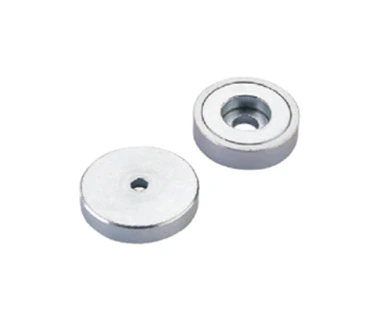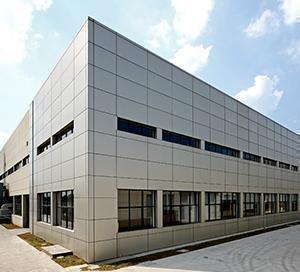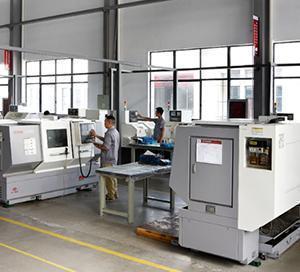Temperatures Below 1000-Degrees Farenheit
Alnico magnets are the magnets of choice because of their high heat tolerance. The magnet loses less than 5 percent of its magnetism at temperatures up to 1000 degrees Fahrenheit. Remagnetization procedures may even reverse this marginal change.
Temperatures Above 1000-Degrees Farenheit
While Alnico magnets retain above 90 percent of their room temperature magnetism up to temperatures around 1000 degrees Farenheit, irreversible loss of magnetism will occur once they are exposed to temperatures beyond that point. It is at this stage that changes at the metallurgic level permanently alter the magnet itself and the magnet undergoes a rapid loss of magnetism.
 English
English 日本語
日本語 한국어
한국어 français
français Deutsch
Deutsch Español
Español italiano
italiano русский
русский português
português العربية
العربية





